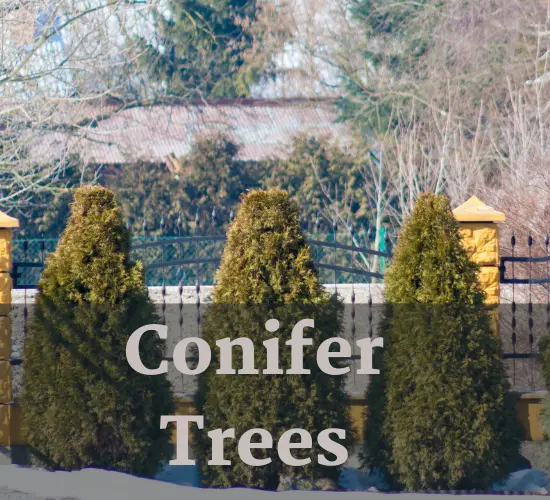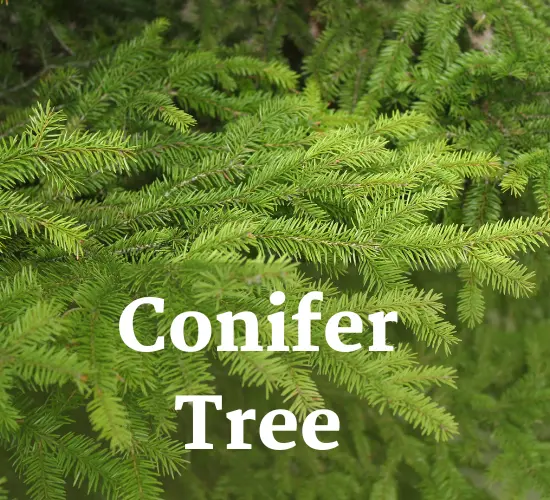Table of Contents
Drooping Branches Tree of Conifer
Conifers are a popular choice for many gardeners due to their hardy nature and striking appearance. However, if you have noticed your conifer branches drooping, it could be a sign of an underlying issue that needs to be addressed.
In this article, we will explore the possible causes of drooping conifers and provide you with tips and tricks to revive your plant and restore its health.
One of the main causes of drooping conifers is overwatering. Conifers require well-draining soil and can become waterlogged if they are receiving too much water. This can cause the roots to become damaged and the plant to wilt and droop.
Additionally, insect pests such as spider mites and aphids can also cause conifers to droop by feeding on the plant’s sap and weakening its structure. Freeze damage is another common cause of drooping conifers, especially if they are located in an area with harsh winter conditions.
By understanding the causes of drooping conifers, you can take steps to prevent further damage and restore your plant’s health.
Key Takeaways

- Consistently moist, well-drained soil is important for conifer care
- Sap-sucking insects like spider mites, scale, or mealybugs can cause droopy branches
- Sudden drops in temperature can cause freeze damage and droopy branches
- Age and size can cause droopy branches due to added weight of new growth, which can be addressed through pruning.
Possible outputs include:
The pre-existing knowledge suggests that droopy branches in conifers can be caused by various factors such as overwatering, insect pests, freeze damage, age, or weight of new growth, and provides tips for addressing each issue.
When it comes to treating pests, it is important to identify the type of insect causing the issue. Some common sap-sucking insects that can cause droopy branches in conifers include spider mites, scale, or mealybugs. To treat these pests, it is recommended to use an insecticidal soap or oil or introduce beneficial insects such as ladybugs or lacewings to the plant’s environment.
Pruning techniques can also be used to address droopy branches caused by age or weight of new growth. It is important to use clean, sharp scissors to avoid damaging the plant and to make cuts at a 45-degree angle. Removing excess weight can help the plant regain its shape and prevent further drooping.
For conifers grown in a distinctive cone or topiary shape, regular trimming is necessary to maintain the desired shape.
Overall, identifying the cause of droopy branches and using appropriate treatment and pruning techniques can help revive a drooping conifer.
Causes of Drooping

Sap-sucking insects such as spider mites, scale, or mealybugs are a potential cause of drooping branches in conifers. These pests feed on the sap of the plant, causing damage to the foliage and weakening the branches. As a result, the branches may droop and the leaves may turn yellow or brown. If left untreated, the infestation can spread and cause significant damage to the plant.
Another possible cause of drooping branches in conifers is root rot. Overwatering can lead to waterlogged soil, which can cause the roots to rot and become unable to absorb nutrients and water. This can result in droopy branches and yellowing or browning of the foliage. To prevent root rot, it is important to ensure that the soil is consistently moist but well-drained. Excess water should be drained, and the soil should be allowed to dry out at least 50% before watering again.
Care and Maintenance
Proper care and maintenance of conifers can help prevent drooping branches and promote healthy growth.
To maintain soil health, it is important to consistently water the plant using well-draining soil. Overwatering can cause root rot and droopy branches with yellow leaves. It is recommended to drain excess water and allow at least 50% of the soil volume to dry out before watering again. This will help prevent waterlogged soil and promote healthy root growth.
To prevent drooping branches due to added weight of new growth, pruning techniques are essential. Many conifers are grown in a distinctive cone or topiary shape and should be regularly trimmed to maintain their shape. When pruning, it is important to use clean, sharp scissors to avoid damaging the plant.
Removing weight by pruning can also help prevent drooping and promote healthy growth.
Frequently Asked Questions
Can conifers be grown in containers or do they need to be planted in the ground?
Conifers can be grown in containers but may become root bound if not repotted or pruned regularly. Proper drainage and soil moisture levels are crucial for container growing success.
How often should conifers be fertilized and what type of fertilizer is best?
To promote healthy conifer growth, fertilizer application should be based on the type of soil and age of the plant. Slow-release nitrogen fertilizer can be applied annually, while younger plants may require additional phosphorus and potassium. Over-fertilization can lead to root damage and discolored foliage.
Can conifers tolerate full sun or do they need partial shade?
Full sun vs partial shade can impact the growth and health of conifers. Some species, like pine and spruce, prefer full sun while others, like yew and hemlock, tolerate shade. Recommended conifers for sunny areas include juniper and arborvitae, while for shaded areas, Japanese cedar and false cypress are good options.
Are there any companion plants that can be grown with conifers for added visual interest?
Companion planting options for conifers include low-growing ground covers like creeping thyme or perennials such as heuchera or hostas. Creative design ideas include pairing conifers with contrasting foliage or colorful flowering plants to add visual interest.
How long do conifers typically live and when should they be replaced?
Conifers have a long lifespan, with some species living up to 1000 years. Replacement timeline varies based on species and maintenance requirements, but generally, conifers require long-term care and occasional pruning to maintain their health and shape.
Conclusion
Drooping branches on a conifer can be an alarming sight, but with proper care and attention, it is possible to revive the plant and restore its health. Overwatering, insect pests, and freeze damage are just some of the potential causes of drooping, but by taking preventative measures and implementing effective maintenance techniques, you can prevent further damage and encourage new growth.
To care for a drooping conifer, it is important to first identify the cause of the issue. This may involve examining the soil, checking for signs of pest infestation, or assessing the plant’s exposure to harsh weather conditions. Once the cause has been identified, steps can be taken to address the issue and promote recovery. This may involve adjusting watering schedules, applying insecticides or other treatments, or providing additional protection from the elements.
In conclusion, reviving a drooping conifer requires patience, diligence, and a willingness to take action. By following the tips and tricks outlined in this article, you can help your plant regain its strength and vitality, and enjoy the beauty and benefits of a healthy conifer for years to come.
Remember to monitor the plant’s progress regularly, and make adjustments as necessary to ensure continued health and growth. With proper care and attention, your drooping conifer can once again thrive and flourish, adding natural beauty and shade to your outdoor space.